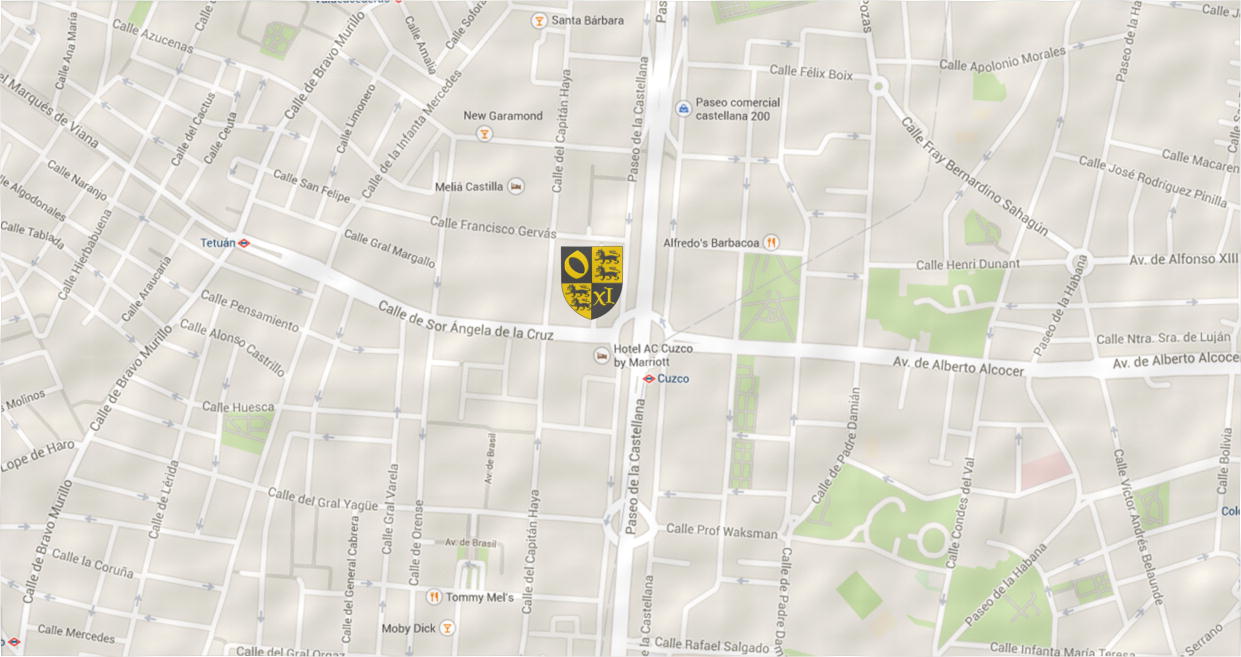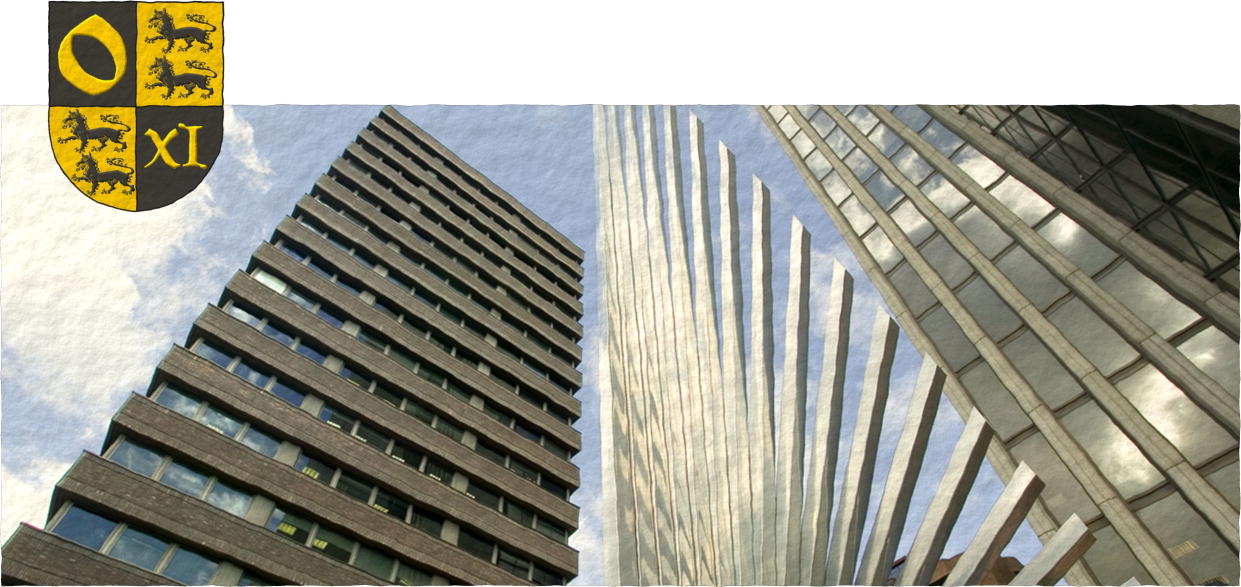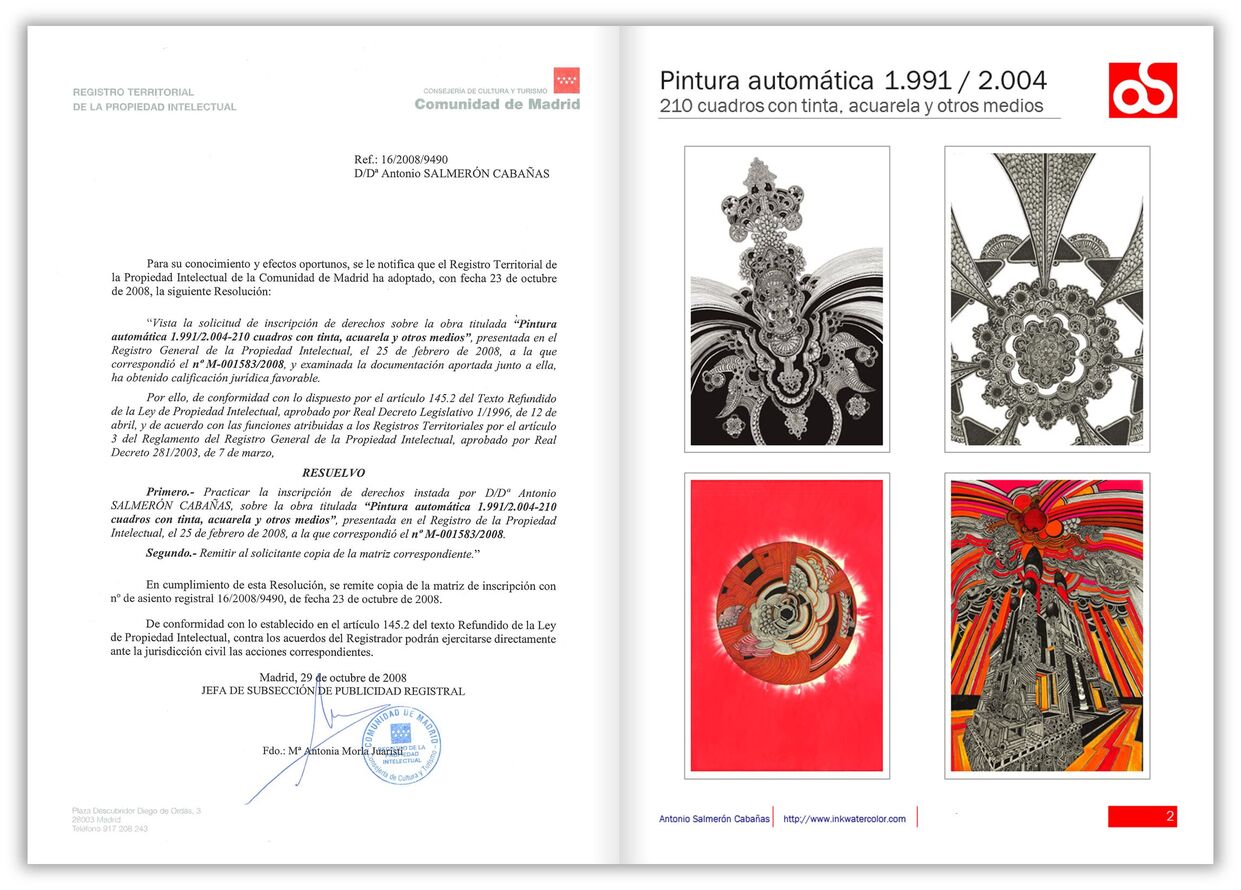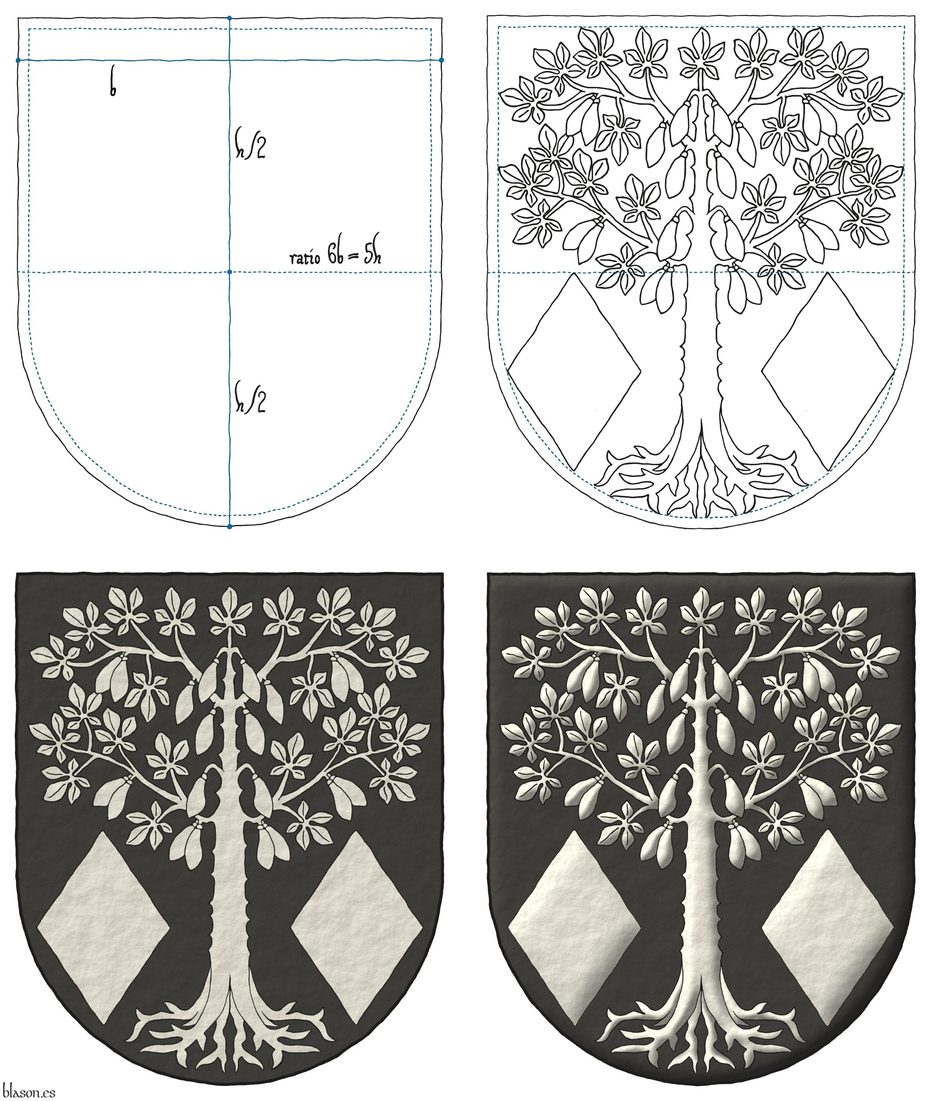
![Ver [The Heraldry Society; 2013] en referencias bibliográficas. Libro abierto, hojas de plata, filo de oro, guardas de gules, tapas de sable.](../css/Libro.Bibliografia.png)
The Heraldry Society; 2013
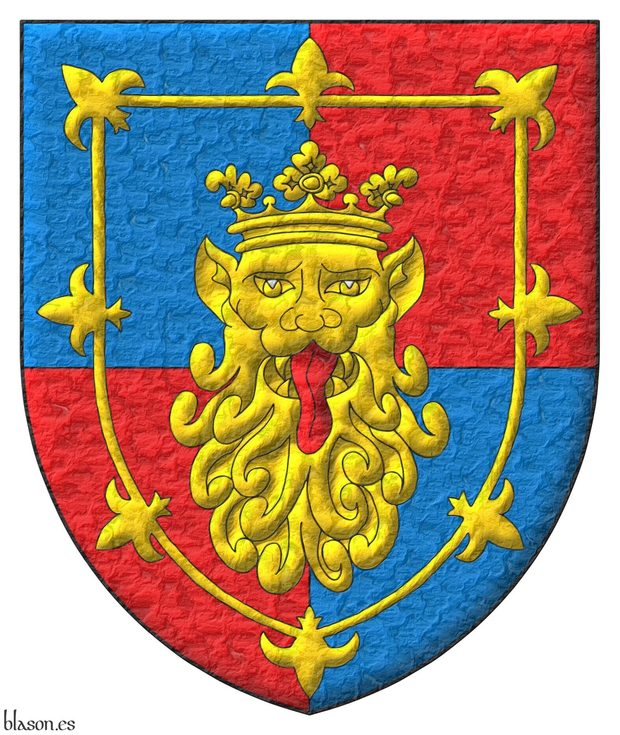
The Heraldry Society, «Education Pack, A brief explanation of Heraldry for teachers together with explanatory sheets and templates for students», Baldock, Hertfordshire, 2013.
This bibliographical reference is illustrated with the quartered coat of arms of The Heraldry Society.
Bibliographical reference of century XXI.
The author is The Heraldry Society.
Bibliographic reference mentioned in the following articles:
- Balaguer, municipality of
- Chequey, chequy or checky
- Drawing the arcs of a pointed coat of arms
- Geoffrey Plantagenet
- Savoy, Duchy of
External link:
Internal resources: TheHeraldrySociety2013.EducationPack.pdf.


Heraldry societies
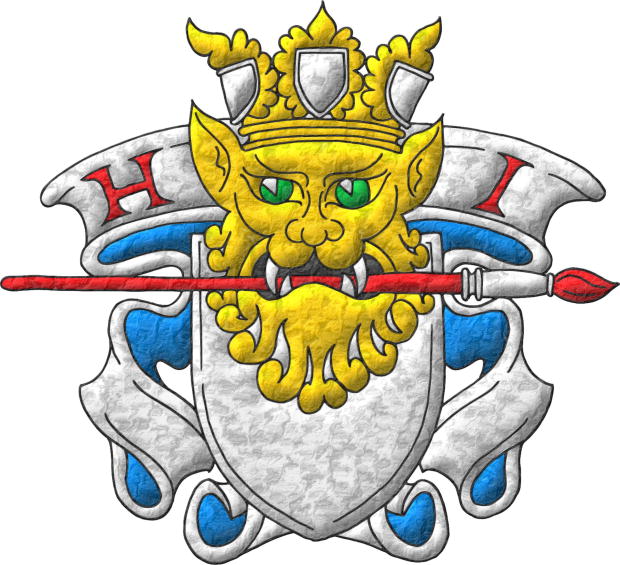
I am:
- heraldic artist member of the Society of Heraldic Arts,
- member of The Heraldry Society,
- honoured member of The International Heraldry Society,
- heraldic artist member of Heralds International,
- correspondent fellow of the Asturian Academy of Heraldry and Genealogy,
- correspondent fellow of the Institute of Historical Research Bances y Valdés, Principality of Asturias,
- correspondent fellow of the Academia de Letras e Artes da Guiné-Bissau, and
- honorary pursuivant of arms extraordinary of the Heraldry Society of Africa.


Location map
The following map shows the location of my studio in Madrid in the Paseo de la Castellana 135, just where the street of Sor Angela de la Cruz is born from the Plaza de Cuzco.
The sculpture of straight bars of stainless steel rotated around an axis made by Andreu Alfaro in 1979, with its 12 meters high, helps the location of my studio.
Credits: Andreu Alfaro is the author of the sculpture.


![Ver [Emblemata; 1999] en referencias bibliográficas. Libro abierto, hojas de plata, filo de oro, guardas de gules, tapas de sable.](../css/Libro.Bibliografia.png)
Emblemata; 1999
Baron of Valdeolivos Emblematic Chair, of the Fernando el Catolico Institution, of the Centre of Scientific Research (C. S. I. C.) and of the Government of Zaragoza, «Emblemata», Volume 5th, Emblemata Aragonese Magazine about Emblems (E. R. A. E.), 484 pages, 124 pictures, ISSN 1137-1056, Legal deposit Z.3.937 1996, printed by the Cooperativa de Artes Gráficas Librería General, Zaragoza, 1999.
Bibliographical reference of century XX.
Classification: Magazine and Castilian language.
Author: Cátedra de Emblemática Barón de Valdeolivos.
External resource:


![Ver [Salmerón Cabañas, A.; 2008] en referencias bibliográficas. Libro abierto, hojas de plata, filo de oro, guardas de gules, tapas de sable.](../css/Libro.Bibliografia.png)
Salmerón Cabañas, A.; 2008
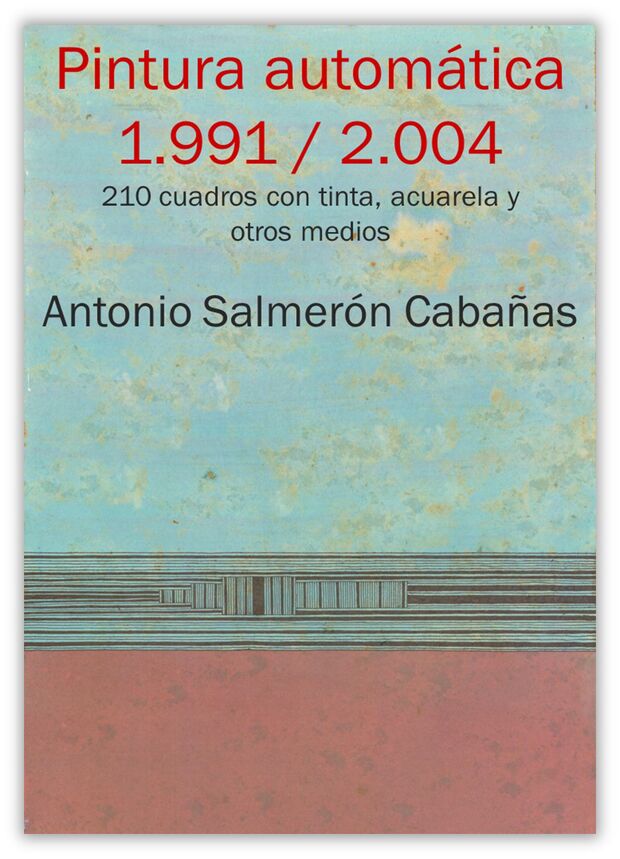
Antonio Salmerón Cabañas, «Automatic painting 1991/2004, 210 paintings with ink, watercolor and other media», registered as painting in the Intellectual Property Registry of Madrid, request code M-1583-08, registration number 16/2008/9490, Madrid, 25th of February of 2008.
Bibliographical reference of century XXI.
Author: Salmerón Cabañas, Antonio.


Conception, a phase with three activities
Elicitation and ideation:
- Its objective is to acquire all the signifieds, the ideational components, which must be represented in the blazon as well as the conceptual and symbolic ideation of the shield.
- Its output must be a candidate representation alongside one or more alternative depictions.
Heraldic research and critique:
- Its purpose is to compare the candidate design with the proposed alternatives, first by its heraldic investigation and comparison with other blazons and finally by its esthetic relative estimation.
- The crop will be the documented decision on the chosen design.
Creation of a sketch of the coat of arms:
- The aim is the realization a first exhibit of the translation of the blazon into a shield. The activity includes a delineation of the future ornament with at least the motto.
- The result must be an initial acceptance by the future owner and may be an agreement for a refining cycle going back to any of the previous stages.


Registration in the AGPD
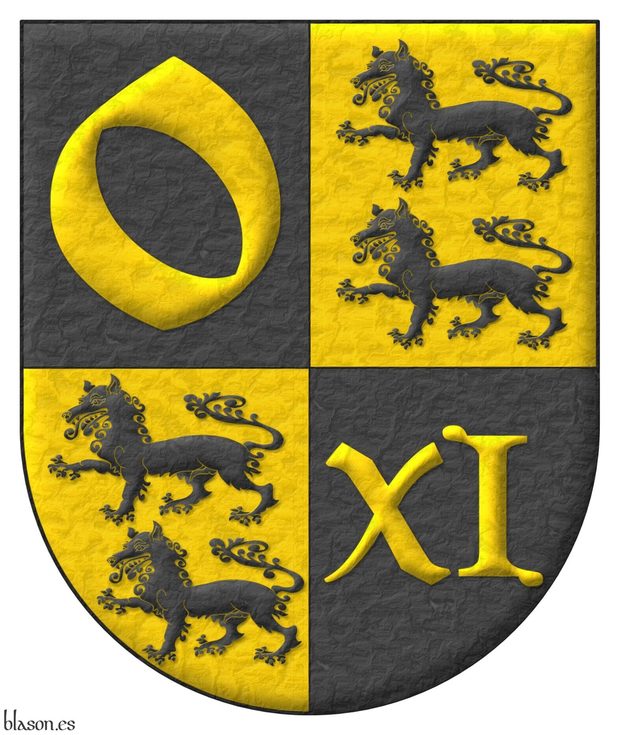
This personal data file is registered in the Spanish Data Protection Agency (AGPD) with the following identification and description data:
- Title holder: Antonio Salmerón Cabañas.
- Registration code number: 2093060094.
- Registration number: T77109/2009.
- Submission reference number: 05262452Y29A2009141808.
- Date of registration: October 29, 2009.
- Registration time: 14 hours : 20 minutes : 31 seconds.
- Purpose: this file was registered in accordance with the Spanish law then in force, but under the current European Regulation (GDPR, General Data Protection Regulation, Regulation (EU) 2016/679 of the European Parliament and of the Council of 27 April 2016), such registration is no longer required. It is kept here for historical purposes and to inform users that the file existed and was duly declared to the authorities, even though such procedures are no longer necessary under the present legal framework.


![Ver [Royal Spanish Academy; 2001] en referencias bibliográficas. Libro abierto, hojas de plata, filo de oro, guardas de gules, tapas de sable.](../css/Libro.Bibliografia.png)
Royal Spanish Academy; 2001
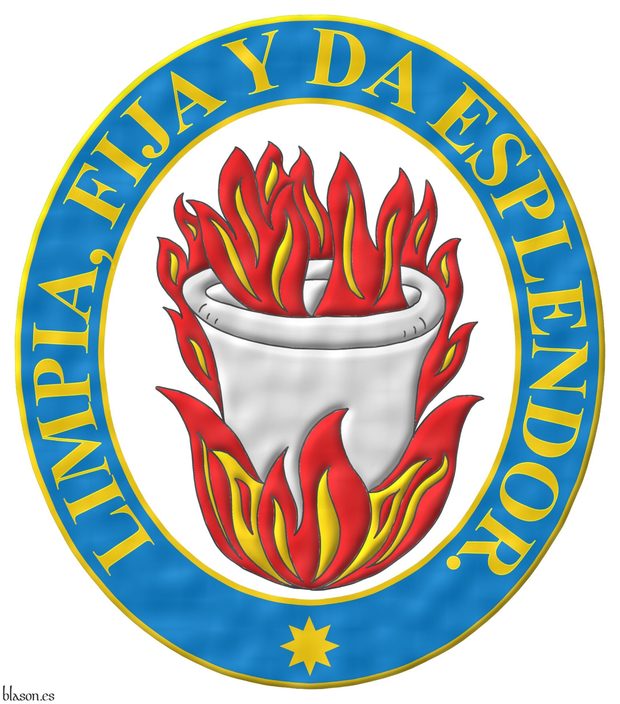
Real Academia Española, «Diccionario de la lengua española», known as DRAE, acronym for Diccionario de la Real Academia Española, 22nd edition, Espasa Calpe, Madrid, 2001.
The DRAE's latest edition, the 23rd, is from October 2014, but the current online version corresponds to the 22nd edition with amendments incorporated until 2012.
This bibliographic reference is illustrated with one of my interpretations of the emblem of the Real Academia Española, with its crucible over a bonfire and its motto around it.
Bibliographical reference of century XXI.
Classification: Dictionary and Castilian language.
Author: Royal Spanish Academy.
The following article cites this bibliographic reference:
External resource:

Continue with: Bibliographic references by centuries and dates.
-
Language
-
Categories of heraldry
-
Divisions of the field
- Without divisions
- Party per pale
- Party per fess
- Party per bend
- Party per bend sinister
- Tierce
- Tierce sinister
- Tierced per pale
- Tierced per fess
- Tierced per bend
- Tierced pallwise inverted
- Quarterly
- Quarterly per saltire
- Gyronny
- Party per fess, the chief per pale
- Party per pale, the sinister per fess
- Party per fess, the base per pale
- Party per pale, the dexter per fess
- Chapé
- Chaussé
- Embrassé
- Contre-embrassé
- Party per chevron
- Enté
- Enté en point
- Flanched
-
Metals
-
Colours
-
Furs
-
Other tinctures
-
Ordinaries and sub-ordinaries
-
Diminutives of the ordinaries
-
Geometric charges
-
Composite ordinaries
-
Inanimate charges from Nature
Atom, Crescent, Diamond, Emerald, Estoile, Increscent, Lightning flash, Moon, Mount, Mullet, Mullet of four points, Orbital, Plough of Ursa Major, Rainbow, Ray of the sun, River, Sea, Snowflake, Sun, Sun in splendour, Sun of May, Trimount and Water.
-
Vegetal charges from Nature
Acorn, Apple, Apple tree, Ash, Bluebonnet, Camellia, Chrysanthemum, Cinquefoil, Cornflower, Dogwood flower, Double rose, Elm, Fleur de lis, Flower, Holm oak, Hop cone, Kapok tree, Laurel, Lily, Linden, Lotus flower, Madonna lily, Oak, Olive tree, Palm tree, Pomegranate, Poplar leaf, Rose, Shamrock, Sunflower, Thistle, Tree, Tulip, Vine and Wheat.
-
Animal charges from Nature
Badger, Bald eagle, Barbel, Barn owl, Bear, Beaver, Beetle, Bighorn sheep, Blackbird, Boar, Brach hound, Bull, Doe, Dog, Dolphin, Dove, Eagle, Elephant, Falcon, Fish, Flame, Fly, Fox, Frog, Goat, Goldfinch, Goose, Heron, Horse, Hummingbird, Jaguar, Lark, Leopard, Lion, Lion passant, Lion rampant guardant, Lioness, Lynx, Male figure, Martlet, Merino ram, Owl, Panther, Parrot, Peacock, Pelican, Pelican in her piety, Puffin, Quetzal, Raven, Roe deer, Rooster, Savage, Seagull, Serpent, She-wolf, Stag, Starling, Talbot, Tyger, Vulture, Warren hound and Wolf.
-
Parts of natural charges
Arm, Beak, Branch, Caboshed, Chest, Claw, Covert, Dorsal fin, Eagle claw, Ermine spot, Escallop, Feather, Foot (palmiped), Foreleg, Forepaw, Hand, Head, Heart, Hoof, Leaf, Neck, Ostrich feather, Palm frond, Paw, Roe deers' attires, Shoulder, Sprig, Stags' attires, Stem, Swallow-tail, Tail, Tail addorsed, Tail fin, Talon, Tooth, Trunk, Trunk (elephant), Two hands clasped, Two wings in vol, Udder, Wheat spike, Wing and Wrist.
-
Artificial charges
Ace of spades, Anchor, Anvil, Arch, Arm vambraced, Armillary sphere, Arrow, Axe, Bell, Bell tower, Beret, Bonfire, Book, Bookmark, Bow, Bridge, Broken, Buckle, Cannon, Cannon dismounted, Cannon port, Canopy roof, Carbuncle, Castle, Celtic Trinity knot, Chain, Chess rooks, Church, Clarion, Clay pot, Closed book, Club, Comb, Compass rose, Conductor's baton, Cord, Covered cup, Crozier, Crucible, Cuffed, Cup, Cyclamor, Dagger, Double vajra, Drum, Ecclesiastical cap, Fanon, Federschwert, Fleam, Four crescents joined millsailwise, Galician granary, Garb, Gauntlet, Geometric solid, Grenade, Halberd, Hammer, Harp, Host, Hourglass, Key, Key ward, Knight, Knot, Lantern, Letter, Line, Loincloth, Menorah, Millrind, Millstone, Millwheel, Monstrance, Mortar, Mullet of six points pierced, Nail, Non-classic artifact, Norman ship, Number, Oar, Oil lamp, Open book, Page, Pair of scales, Parchment, Pestle, Piano, Plough share, Polish winged hussar, Port, Portcullis, Potent, Quill, Ribbon, Rosette of acanthus leaves, Sabre, Sackbut, Sail, Scroll, Scythe, Sheaf of tobacco, Ship, Skirt, Spear, Spear's head, Stairway, Star of David, Step, Sword, Symbol, Tetrahedron, Torch, Tower, Trident, Trumpet, Turret, Two-handed sword, Wagon-wheel, Water-bouget, Wheel, Winnowing fan and With a turret.
-
Immaterial charges
Angel, Archangel, Basilisk, Dragon, Dragon's head, Garuda, Golden fleece, Griffin, Heart enflamed, Mermaid, Our Lady of Mercy, Ouroboros, Paschal lamb, Pegasus, Phoenix, Sacred Heart of Jesus, Saint George, Sea-griffin, Trinity, Triton, Unicorn, Winged hand and Wyvern.
-
External elements
-
Heraldic creations
-
References
-
Formats
-
Keywords on this page
Artist, Azure, Bibliography, Surmounted, Head, Contact, Crucible, Quarterly, Within, Dictionary, Doctor, Emblem, In the fess point, The eyes, Scroll, Flory, Gules, Bonfire, Langued, Legal notice, Motto, Castilian language, Leopard, Enflamed, Or, Oval, Fimbriated, Argent, Without divisions, Privacy policy, Intellectual property, Magazine, Sable, Century XX, Century XXI, Overall (deprecated), Tressure, One and Index.

